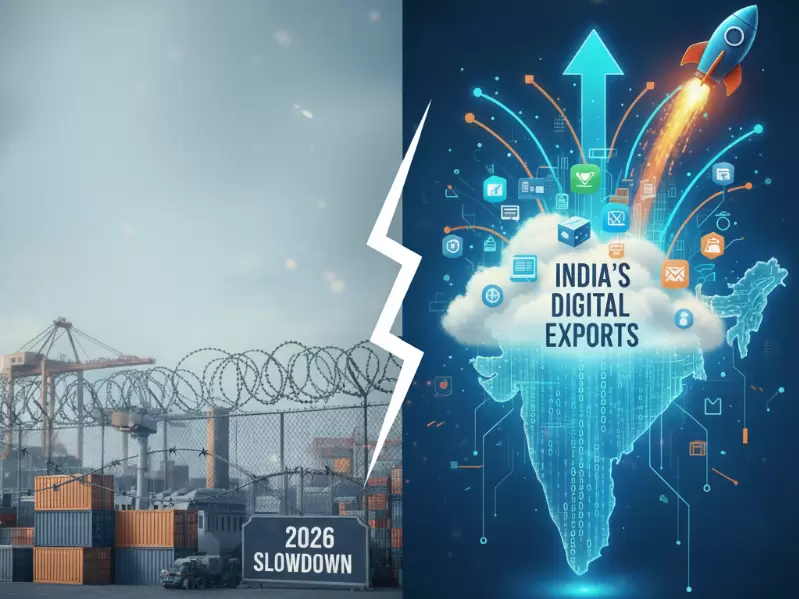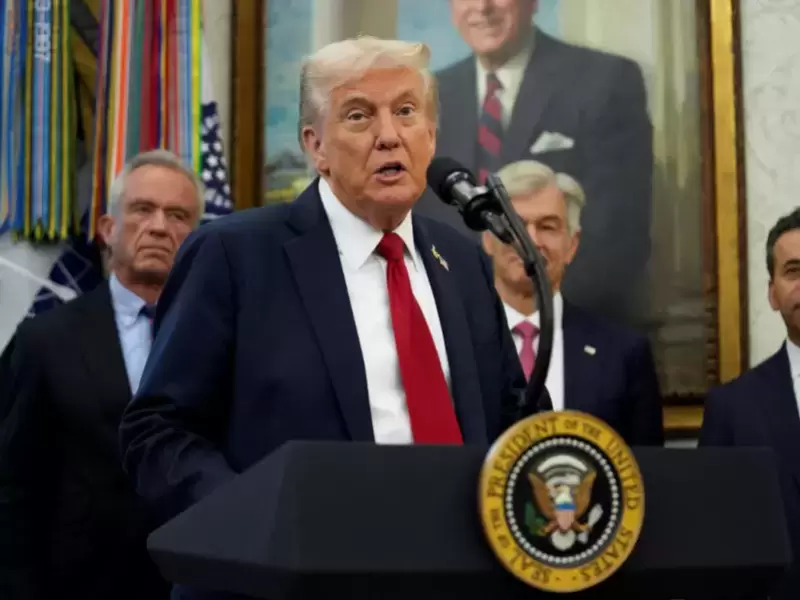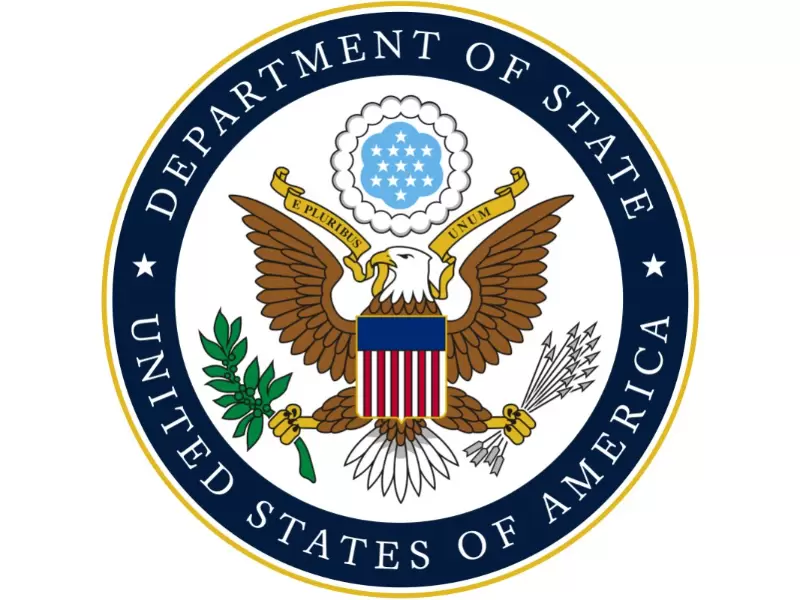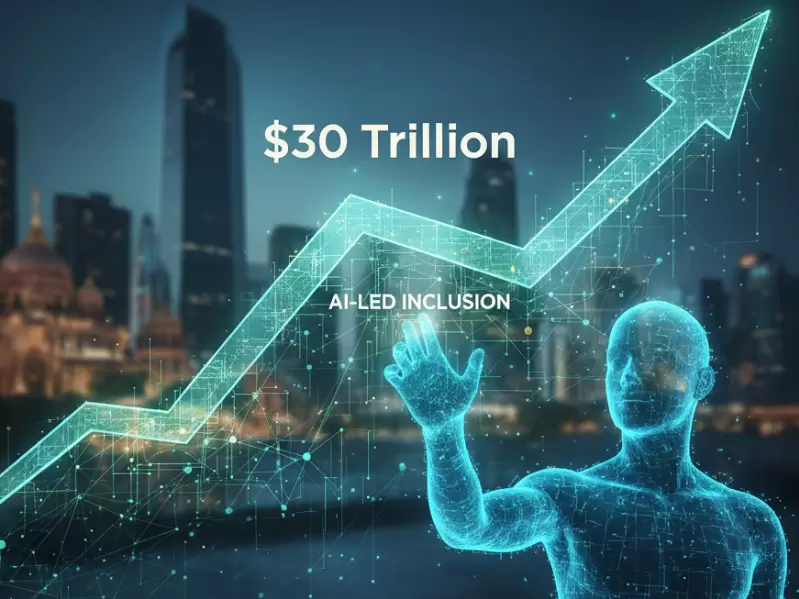WTO: Trade to slow in 2026 as tariffs bite, but India’s digital exports buck the trend
Asia remains the anchor of global export growth, expanding 5.3% in 2025 — the fastest among all regions — followed closely by Africa.
 Representative image / AI generated
Representative image / AI generated
Global merchandise trade grew faster than expected in the first half of 2025, driven largely by surging demand for artificial intelligence (AI)-related goods, even as rising tariffs and policy uncertainty threaten to cool growth in 2026, according to the World Trade Organization’s Global Trade Outlook and Statistics released this week.
WTO economists upgraded the 2025 world trade growth forecast to 2.4 percent, up from just 0.9 percent in August, but cut the 2026 projection to 0.5 percent, citing weakening demand and inventory corrections as tariff effects take full hold. Commercial services exports are expected to grow 4.6 percent in 2025, moderating further to 4.4 percent in 2026.
At the heart of the current trade expansion is the AI economy. Trade in semiconductors, servers, and telecommunications equipment surged 20 percent year-on-year, accounting for nearly half of the global trade growth in the first half of 2025. WTO Director-General Ngozi Okonjo-Iweala said the resilience of 2025 trade “was due in no small part to the growth potential of AI and increased South–South trade,” which rose 8 percent year-on-year, with trade among emerging economies excluding China growing at an even faster 9 percent.
Asia, Africa Lead Growth; India Rides the AI Wave
Asia remains the anchor of global export growth, expanding 5.3 percent in 2025 — the fastest among all regions — followed closely by Africa. The region’s strong performance in AI-related goods reflects an accelerating digital manufacturing shift across East and Southeast Asia.
For India, the WTO data suggest growing strategic leverage in the AI trade ecosystem. India’s merchandise exports, bolstered by electronics and software-related hardware, are benefiting from global supply-chain realignments. The country’s computer services exports rose 13% in the first half of 2025, underlining its pivotal role in AI development, cybersecurity, and digital infrastructure.
Indian economists see this as an inflection point. “The WTO data confirm that India is positioning itself as both a manufacturing and digital services hub,” said a Delhi-based trade policy analyst. “With tariffs disrupting established routes, India’s mix of electronics assembly, semiconductor packaging, and IT exports offers a dual engine for resilience.”
WTO data show that Asia’s share of global AI-related trade has risen steadily over two years, while North America’s share has also begun to increase. India’s advantage lies in being part of both supply and service chains — producing chips and systems, while also exporting the software and platforms that run them.
Frontloading and Inventory Surge Mask Fragile Recovery
The report attributes much of the 2025 surge to frontloading of imports in North America before new tariff hikes. Inventories rose sharply across machinery, vehicles, and electronics sectors, temporarily boosting trade volumes. However, this “frontloaded boom” could unwind by early 2026, potentially dragging down global growth.
Economists warn that the inventory correction expected in early 2026 could hit export-oriented economies hardest, including parts of Asia that depend on US and EU demand. Tariff-driven inflationary pressures could also return, with the WTO noting early signs of price absorption by firms eroding profit margins.
India’s export structure, more diversified across goods and services, may offer relative insulation. While merchandise exports face tariff-related headwinds in Western markets, digitally delivered services — forecast to grow 6.1 percent in 2025 globally — remain India’s strongest performer, sustaining current account stability.
Trade Shifts Toward Emerging Economies
Okonjo-Iweala highlighted that the “rules-based multilateral system” had helped prevent a deeper trade contraction, but urged countries to “reimagine trade and lay a stronger foundation for shared prosperity.”
South–South trade has become a stabilizing force, particularly for India’s neighbours and partners in Asia and Africa. The WTO noted that trade among emerging economies (excluding China) is now expanding faster than global averages, underscoring a gradual rebalancing of trade power toward the Global South.
India’s trade with Africa — especially in telecommunications equipment, pharmaceuticals, and digital services — mirrors this trend. According to the WTO, Africa’s imports rose 11.8% in 2025, while its exports grew 5.3 percent, marking the continent as the fastest-growing import market.
Tariff Uncertainty Persists, but AI Offers a Lifeline
The WTO projects global GDP growth at 2.7 percent in 2025, slowing to 2.6 percentin 2026, with trade policy uncertainty emerging as the key downside risk. On the upside, sustained growth in AI-related goods and services could provide a “medium-term boost” to global trade.
For India, that may translate into greater opportunities in semiconductor manufacturing, cloud infrastructure, and cross-border data services — sectors already targeted under government initiatives like the Semicon India Programme and Digital India.
“AI is not only driving trade, it’s redefining it,” said the WTO report. For emerging economies like India, the coming slowdown may thus be less a setback and more a recalibration — a moment to capture the next wave of global digital trade.



 R Suryamurthy
R Suryamurthy




.jpg)









Comments
Start the conversation
Become a member of New India Abroad to start commenting.
Sign Up Now
Already have an account? Login